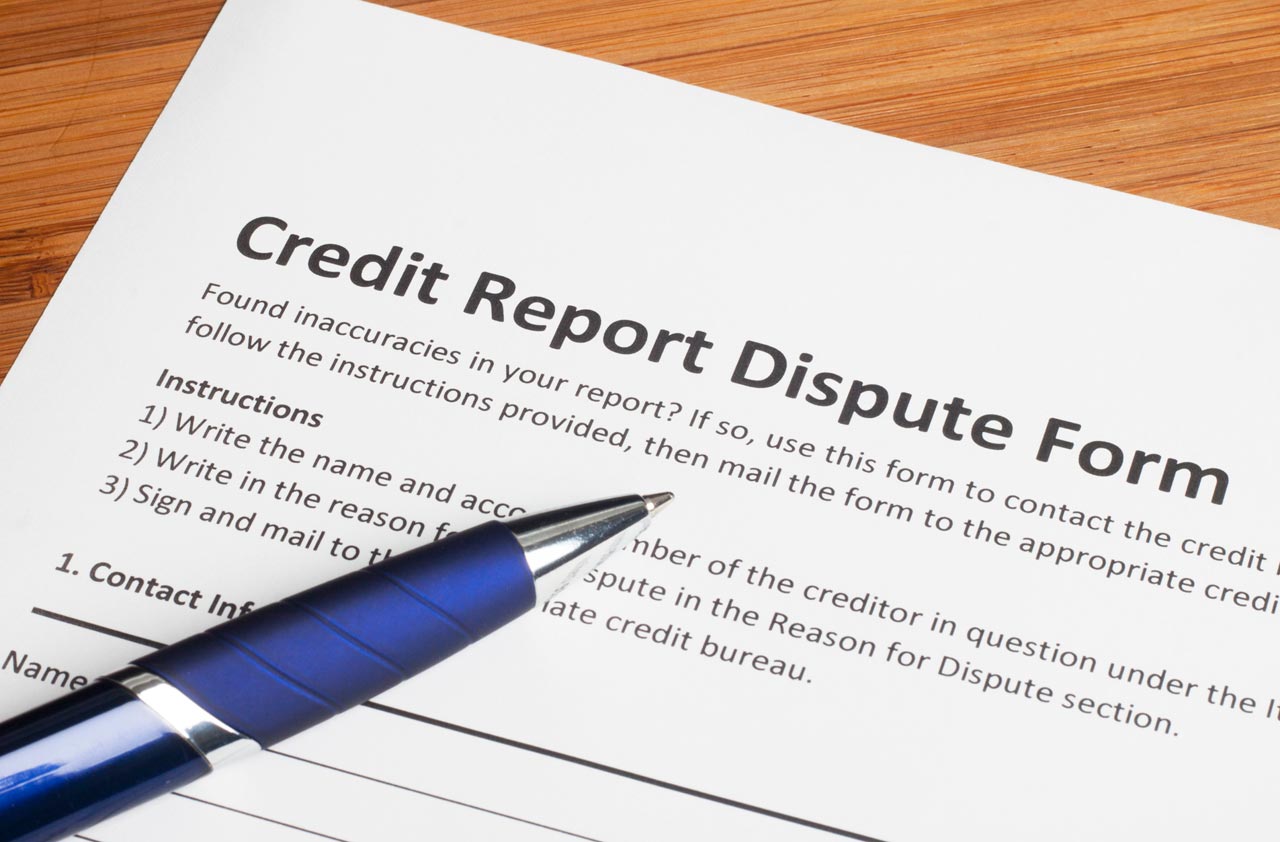4 Smart Ways to Give to Charity
These strategies will help you stretch your tax savings.


Question: I'm planning to write a check to my favorite charity, but I'm wondering whether there is another way to give to get a bigger tax break?
Answer: Donating cash to charity can give you a charitable deduction if you itemize. But a few other strategies could help you stretch your tax savings even further.
1. Donate appreciated stock. If you have stock that has increased in value since you bought it more than a year ago, you can give it to charity and deduct its value on the day you give it away. And by giving the stock directly to charity, you'll avoid having to pay capital-gains taxes on the increase in value over time. You can deduct the current market value only if you hold the stock for more than a year before giving it away. If you’ve held it for less than a year, your deduction is limited to your cost basis (what you paid for the stock).
From just $107.88 $24.99 for Kiplinger Personal Finance
Become a smarter, better informed investor. Subscribe from just $107.88 $24.99, plus get up to 4 Special Issues

Sign up for Kiplinger’s Free Newsletters
Profit and prosper with the best of expert advice on investing, taxes, retirement, personal finance and more - straight to your e-mail.
Profit and prosper with the best of expert advice - straight to your e-mail.
2. Sell losing stock first. If the stock has lost value, it's better to sell it first and take a capital loss, then write a check to the charity. That way you’ll be able to deduct your capital loss, and if you itemize you can also deduct your charitable contribution. Your capital losses are first used to offset capital gains, and if you have more losses than gains, up to $3,000 of the excess can be deducted against other kinds of income, such as your salary and interest income. See Understanding Capital Gains and Losses for more information about the rules.
3. Give to a donor-advised fund. If you’d like to take a charitable deduction now but want more time to decide which charities to support, you can give cash, stock or other investments to a donor-advised fund. Some of these funds, such as Fidelity’s, will even accept real estate, privately held stock and other complex investments that many charities don’t accept directly. You can open a donor-advised fund at many brokerage firms and community foundations. You’ll generally need at least $5,000 or $10,000 to open the account, and you can invest the money in several investing pools until you’re ready to make grants to the charities. Fidelity’s donor-advised fund, for example, has a choice of 20 investing pools, including a socially responsible fund. Some donors who are close to retirement make large contributions to a donor-advised fund while they’re still working, to take advantage of the tax break when their income is high, then invest the money in the fund and make grants to the charities over many years in the future. (Most funds let you make grants of any size—from $50 to more than $1 million.)Setting up a donor-advised fund can also be a great way to teach your children and grandchildren about philanthropy by working together to decide which charities to support.
4. Give your RMD to charity. If you’re over 70½, you can give up to $100,000 from your IRA directly to charity each year, which counts as your required minimum distribution but isn’t included in your adjusted gross income. You can’t deduct the donation as a charitable contribution, but keeping the money out of your adjusted gross income can have extra benefits: You get a tax benefit for the donation even if you don’t itemize, and sheltering the money from your adjusted gross income could help you avoid the Medicare high-income surcharge or make less of your Social Security benefits subject to taxes. The money must be transferred directly from the IRA to the charity; contact your IRA administrator to find out about the procedure. For more information, see FAQs About Giving Your RMD to Charity.
Profit and prosper with the best of Kiplinger's advice on investing, taxes, retirement, personal finance and much more. Delivered daily. Enter your email in the box and click Sign Me Up.

As the "Ask Kim" columnist for Kiplinger's Personal Finance, Lankford receives hundreds of personal finance questions from readers every month. She is the author of Rescue Your Financial Life (McGraw-Hill, 2003), The Insurance Maze: How You Can Save Money on Insurance -- and Still Get the Coverage You Need (Kaplan, 2006), Kiplinger's Ask Kim for Money Smart Solutions (Kaplan, 2007) and The Kiplinger/BBB Personal Finance Guide for Military Families. She is frequently featured as a financial expert on television and radio, including NBC's Today Show, CNN, CNBC and National Public Radio.
-
 It's Beginning to Look a Lot Like a Santa Rally: Stock Market Today
It's Beginning to Look a Lot Like a Santa Rally: Stock Market TodayInvestors, traders and speculators are beginning to like the looks of a potential year-end rally.
-
 The 2026 Retirement Catch-Up Curveball: What High Earners Over 50 Need to Know Now
The 2026 Retirement Catch-Up Curveball: What High Earners Over 50 Need to Know NowUnlock the secrets of the 2026 retirement catch-up provisions: A must-read for high earners aged 50 and above.
-
 How Much a $100K Jumbo CD Earns You
How Much a $100K Jumbo CD Earns YouYou might be surprised at how fast a jumbo CD helps you reach your goals.
-
 Credit Report Error? They All Matter
Credit Report Error? They All Mattercredit & debt Don't dismiss a minor error. It could be the sign of something more serious.
-
 Insurance for a Learning Driver
Insurance for a Learning Driverinsurance Adding a teen driver to your plan will raise premiums, but there are things you can do to help reduce them.
-
 529 Plans Aren’t Just for Kids
529 Plans Aren’t Just for Kids529 Plans You don’t have to be college-age to use the money tax-free, but there are stipulations.
-
 When to Transfer Ownership of a Custodial Account
When to Transfer Ownership of a Custodial Accountsavings Before your child turns 18, you should check with your broker about the account's age of majority and termination.
-
 Borrowers Get More Time to Repay 401(k) Loans
Borrowers Get More Time to Repay 401(k) Loansretirement If you leave your job while you have an outstanding 401(k) loan, Uncle Sam now gives you extra time to repay it -- thanks to the new tax law.
-
 When It Pays to Buy Travel Insurance
When It Pays to Buy Travel InsuranceTravel Investing in travel insurance can help recover some costs when your vacation gets ruined by a natural disaster, medical emergency or other catastrophe.
-
 It’s Not Too Late to Boost Retirement Savings for 2018
It’s Not Too Late to Boost Retirement Savings for 2018retirement Some retirement accounts will accept contributions for 2018 up until the April tax deadline.
-
 How to Correct a Mistake on Your RMDs from IRAs
How to Correct a Mistake on Your RMDs from IRAsretirement If you didn't take out the correct required minimum distribution because your brokerage firm made a mistake, the IRS may show some leniency.